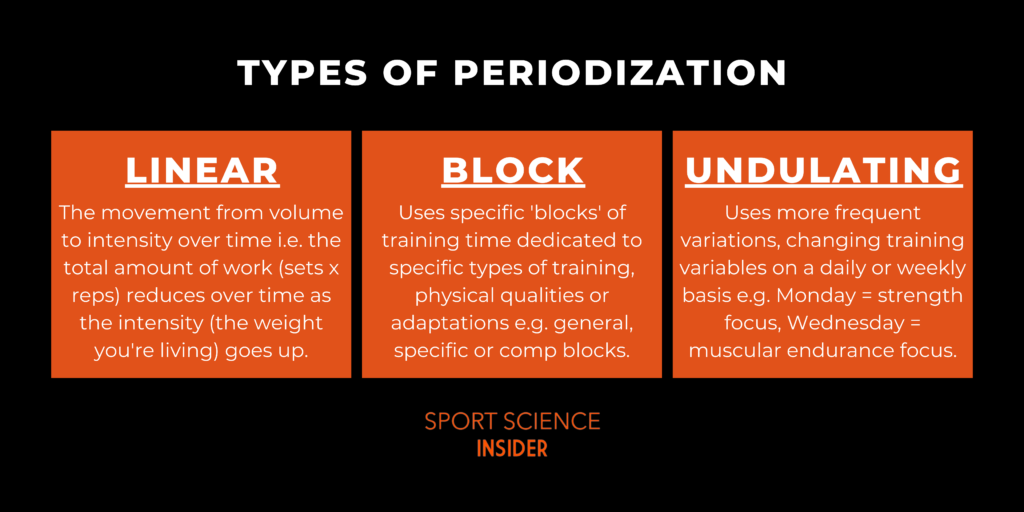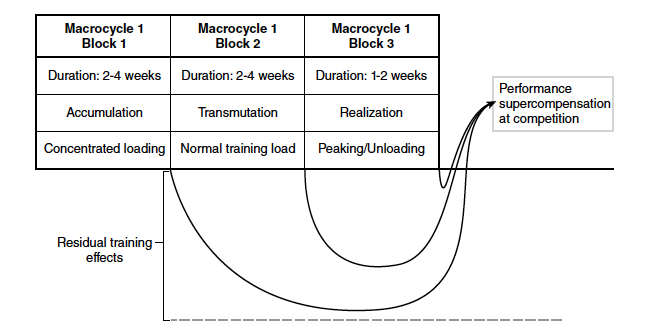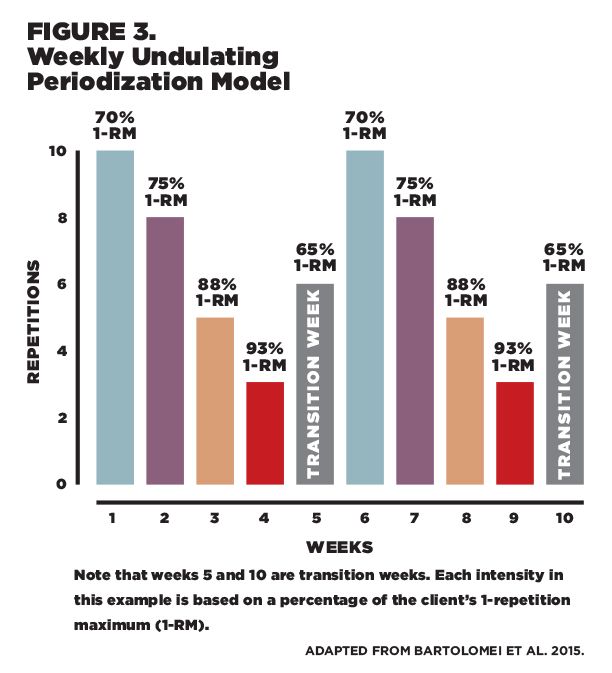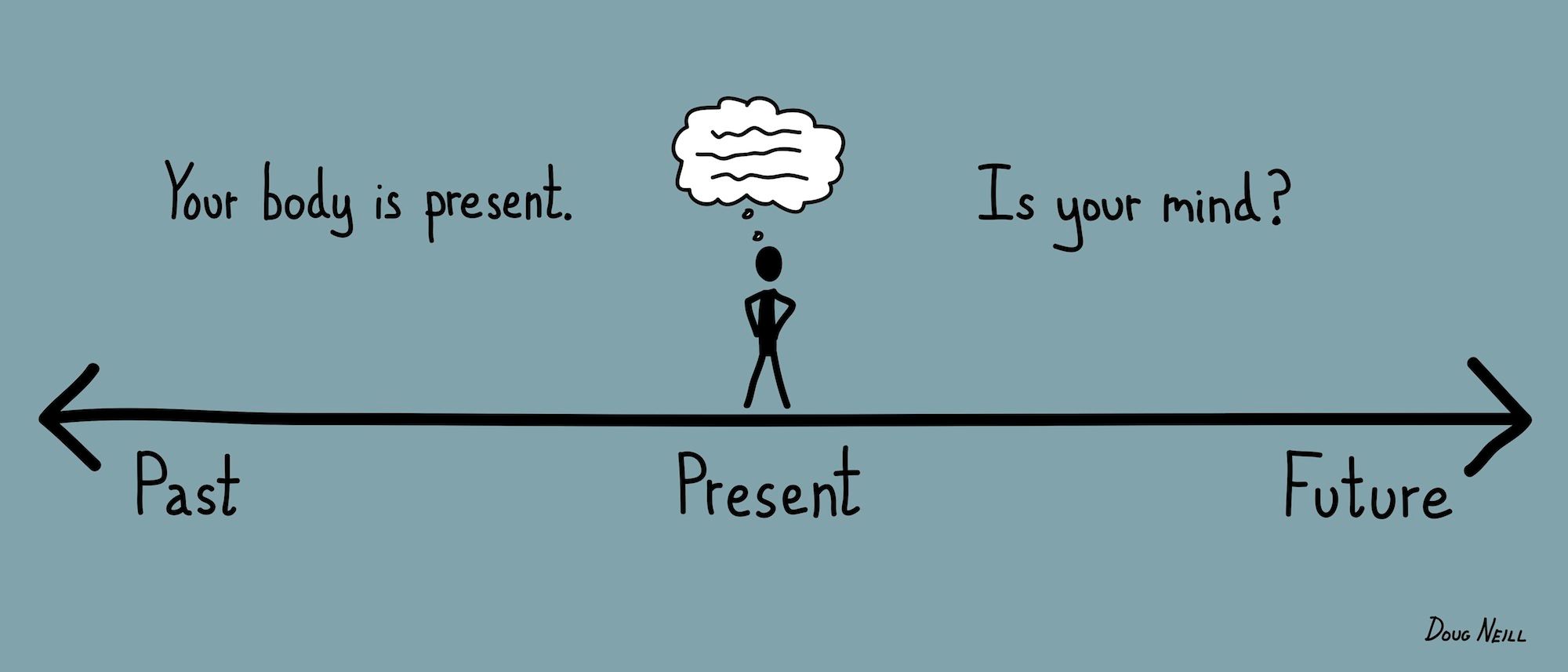Nutrition, Exercise, & Mindfulness

Society has an issue with understanding themselves; as
well as finding the tools to help optimize their
oneself/ones life. There has now more than ever been
issues with a sense of purpose within society, there has
been a lack of overall understanding of oneself, and we
have also gone down the road to lacking in our view of
our own perceived “good life.” - Angus Apollo
This article we will delve into Nutrition, Exercise, & Mindfulness & the importance of reminding ourselves how these factors can help optimize our overall human experience with more mental clarity, understanding of oneness, and actions that will benefit our genetic makeup.

Nutrition
Nutrition Defined: Merriam Webster defines nutrition as the act or process of nourishing or being nourished.
Origin
- 3,000 years ago Ayurveda or the Ayurvedic Diet is one of the most renowned traditional systems of medicine that has survived and flourished for ages to date. With the enormous knowledge of nature-based medicine, the relationship of the human body's constitution and function to nature, and the elements of the universe that act in coordination and affect living beings, this system will continue to flourish in the ages to come. [1]
- Around 400 B.C. (2423 years) was when Hippocrates famously stated " Let thy food be thy medicine and thy medicine be thy food." Hippocrates was also known as the 'Father of Medicine.' Hippocrates realized that food impacts a person's health, body and mind to help prevent illness as well as maintain wellness [2].
- 18th Century Antoine-Laurent Lavoisier was considered the father of modern chemistry, Lavoisier promoted the Chemical Revolution, naming oxygen and helping systematize chemical nomenclature [3].
- In the 1820s & 1830s a German scientist by the name of Justus von Liebig, postulated the theory of mineral nutrition of plants, which states that plants require mineral elements to develop; and he formulated the Law of the Minimum. His contributions make him a pioneer of agricultural chemistry & deserves to be recognized as one of the founders of agricultural chemistry. [4]
- We see with each of these examples and thought leaders before us we have been able to establish and use science to back the chemical compounds that are found in our food, as well as our soil. This is very important because we no longer blindfully looked at diseases and made educated guesses, but have been able to use science to back our nutrition.
What Take Aways Should I Consider In My Nutrition?
- Know that knowledge of nutrition and natural medicine has been around for more than 3000 years.
- The ayurvedic diet is one of the most optimal diet that has stood the test of time. Originated from India & is something you personally should consider if you are looking for a diet to help save/optimize your health.
- With newer diets and the flooded information on what diet is best and what you should or shouldn't eat; please consider where their sources come from and if they are profiting from telling you that information, or if they are truly genuine about helping you with your health.
- If you truly want to find out the best way to go about how to structure a Ayurvedic diet please reach out to me personally and I would be more than happy to help!

Exercise
Exercise Defined: Merriam Webster defines Exercise as the bodily exertion for the sake of developing and maintaining physical fitness.
Exercise has had a stigma as something that is harsh; when in reality our world is filled with information that tends to confuse us of what truly exercise is for each individual. The beauty of exercise is that you can program for where you PHYSICALLY are at in life regardless of age, sex, or genetics.
What Is Periodization?
Periodization requires the application of planned phase changes and cycles in programming to drive physical and metabolic adaptations to improve performance. [5]
Simply put, Periodization is defined as the planned manipulation of training variables (load, sets, and repetitions) in order to maximize training adaptations and to prevent the onset of overtraining syndrome.
Why Was Periodization Implemented?
Considering that the very first Olympic Games was held on April 6, 1896, there had been a significant increase in exercise and training. The issue was that we saw athletes and those who participated had developed well, but reached a plateau due to overtraining. The implementation of the Olympic Games had led us to periodization training because we saw each country was in competition to see who was the best country.

Linear Periodization:
- Leo Matveyev, founded linear periodization in the mid-1960s after analyzing Soviet athletes in the 1952 and 1956 Summer Olympics. [6]
- The “classic” or “linear” periodization (LP) model is based on changing exercise volume and load across several predictable mesocycles. [7]
- There are a number of potential advantages of utilizing a linear approach.
- Repetition and loading schemes are predictable for both the athlete and the sports physical therapist because they are ultimately determined by what phase the athlete is in. Each phase typically focuses on only one training parameter.
- Secondly, the linear model helps ensure that each training parameter (strength, power, speed) is addressed in step‐wise progression.
Who Should Consider Linear Periodization?
- Linear periodization does work fairly well for beginner athletes. Linear periodization gives beginner athletes a sense of organization and progression. Beginner athletes can adapt to anything for 10 to 14 weeks; in most cases, the adaptations by beginner athletes are neurological. [8]
- Simply the linear periodization approach will allow for not only beginner athletes, but for regular population for those who are looking for an optimal way to train.

Block Periodization:
- Block periodization involves highly concentrated, specialized workloads. Each step in the training cycle has a large volume of exercises focused on specific, targeted training abilities to ensure maximum adaptation. [9]
- Simply put block periodization also known as the annual approach, is a planning structure that focuses on long-term growth instead of maximizing short-term gains. [10]
Who Should Consider Block Periodization?
- The block training approach; due to being a long-term based training method, is best used for professional athletes, advanced athletes, body builders, and those who are looking for a long-term training approach.
- Most block training is a cycle of 1 year and is for those who are consistent and is a method that has been proven to be the best for the largest progress in whichever avenue an individual is training in.

Undulating (Non-Linear) Periodization:
- Non‐linear periodization (NP) is based on the concept that volume and load are altered more frequently (daily, weekly, biweekly) in order to allow the neuromuscular system longer periods of recovery as lighter loads are performed more often. [11]
- Daily Undulating Periodization primarily serves to mitigate the repeated bout effect – the idea that the more you’re exposed to a stimulus, the weaker your reaction to it will be. [12]
- Simply put, a type of training where volume and intensity go up and down, either weekly or daily, within the training period. [13]
Who Should Consider Undulating Periodization?
- For athletes of higher training age, because it allows for more recovery and the training of multiple performance qualities at once.
- The undulation exposes the client to both high intensity and volume as well as low intensity and volume, all without the duration of a linear approach. [14]

Mindfulness
Mindfulness Defined : Merriam Webster defines Mindfulness as the practice of maintaining a nonjudgmental state of heightened or complete awareness of one's thoughts, emotions, or experiences on a moment-to-moment basis.
Spirituality came before science. Thus, mindfulness comes from religious internal work that our ancient ancestors like the Buddhists had practiced to give a deeper understanding of what truly mindfulness looks like.
Origin
- Mindfulness originated from ancient Eastern and Buddhist philosophy and dates back around 2500 years. [15]
- While mindfulness is the focus of Buddhist meditation reached by focusing sustained attention on the body, on breathing and on the content of the thoughts, reaching an ineffable state of nothingness accompanied by a loss of sense of self and duality (Samadhi) is the main focus of Hinduism-inspired meditation. [16]
What We Should Understand About Mindfulness
- Mindfulness works by taking your focus to the present moment and away from other thoughts. The way we think, and what we think about, can affect how we feel and act. [17]
- Mindfulness is a type of meditation in which you focus on being intensely aware of what you're sensing and feeling in the moment, without interpretation or judgment. Practicing mindfulness involves breathing methods, guided imagery, and other practices to relax the body and mind and help reduce stress. [18]
- Mindfulness meditation is different for each individual and there is mass amounts of research that has been done that shows significant improvements to ones overall health.
Impacts of Mindfulness on Our Health [19]
- Mindfulness can improve our mental stability and minimize negativity and stress.
- Meditation practices can promote immune health.
- Mindfulness can increase gray matter in areas of the brain involved in memory, learning, empathy, and emotional control.
- It provides you with an opportunity to slow down and notice your emotions, thoughts, and urges. For example, mindful eating helps you savor what you eat and avoid overeating by being more aware of when your body is signaling that it’s full. In this way, mindfulness can help you make healthier eating choices.
Mindfulness training has been proven to improve your concentration, attention span, and memory. - Mindfulness can help you regulate your emotions by decreasing emotional reactivity, while increasing compassion for yourself.
Your capacity for empathy can increase with regular mindfulness practice. A study revealed that mindfulness can increase activity in neural networks that can make you more sensitive to others’ struggles. It may also boost your desire to be kind to yourself. - Relationship satisfaction can increase with mindfulness. When couples engage in mindfulness training, they report higher satisfaction and closeness with one another. Going through mindfulness training makes them feel optimistic and more accepting of one another.
- If you are a parent—or a parent-to-be—you can also benefit from mindfulness practice. During pregnancy, stress and anxiety are common in both parents. Those who practice mindfulness become more patient and self-forgiving, which can help them be better parents.
- Research suggests that symptoms associated with post-traumatic stress disorder (PTSD) and other trauma disorders often decrease with mindfulness practice.
What One Can Take From This Article?
Nutrition, Exercise, & Mindfulness & the importance of reminding ourselves how these factors can help optimize our overall human experience with more mental clarity, understanding of oneness, and actions that will benefit our genetic makeup.
Questions To Consider
- What type 0f exercise or training would be best for you personally?
- When it comes to nutrition do I question what food is going in my body and what its primary goal is?
- How can I implement Mindfulness in my day to day life?